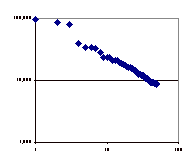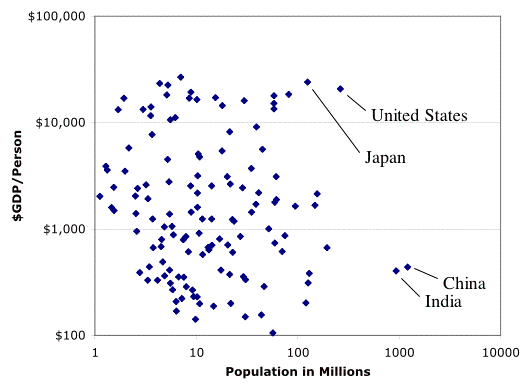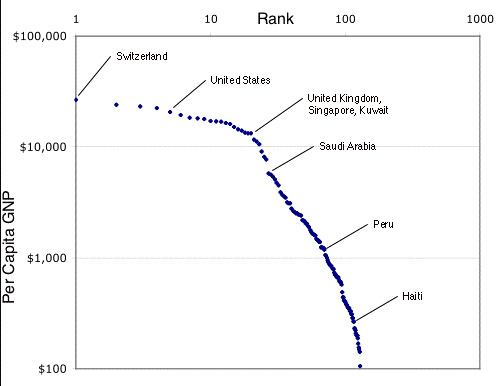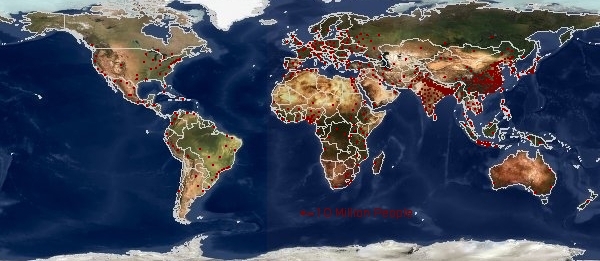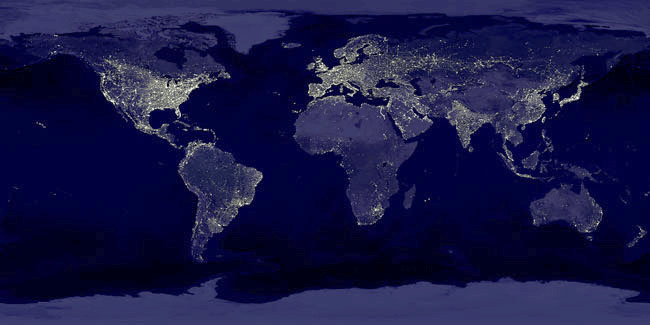Joel on Software is the nice web site of a small buisiness owner. Joel’s company makes two kinds of software: some for web site content management, and some for helping organizations coordinating their work.
I have a good friend who is curious why some people will freely reveal their trade secrets. For example open source authors. Joel freely reveals a lot about how he runs and thinks about his company: a great example of free revealing, but Joel’s not an open source guy. He’s trying to make a living.
One of his recent essays is a particular favorite of mind.
In his essay on complementary products Joels gives a particularly nice peak into how large businesses work to comoditize the industries around them. For example platform vendors work very hard to create a vibrant community of complementary products that add value to their platform.
One reason I’m interested in these things is that software platforms are almost indistinquishable from industry standards and I’ve come to believe that one way to look at Open Source is as a new forum for coordinating the creation of standards. If you’re into this kind of thing then Joel’s complaints about one platform vendor’s pricing model and the vendor’s response are great examples of the push and pull around this stuff.
Of course that Joel’s site apparently is lacking an RSS feed does give one pause. 🙂
